
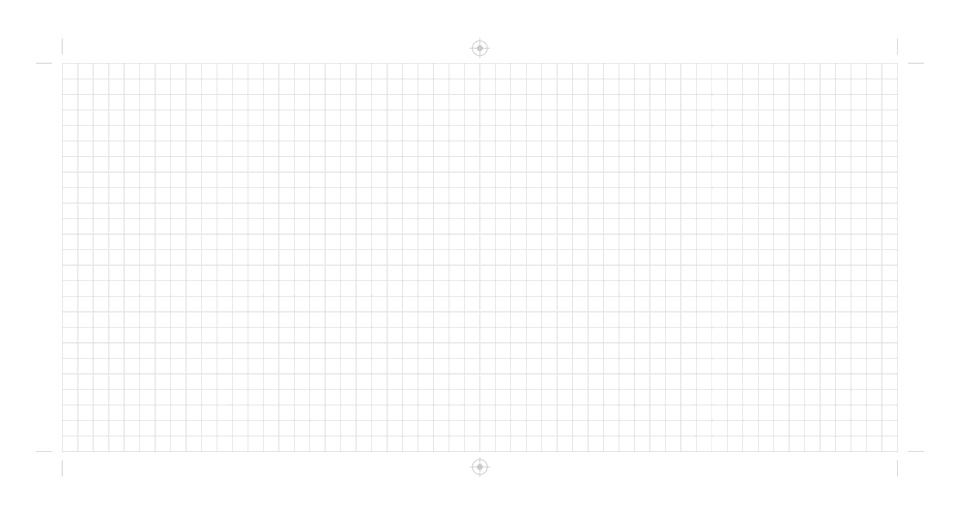
↓ Scroll down for English ↓
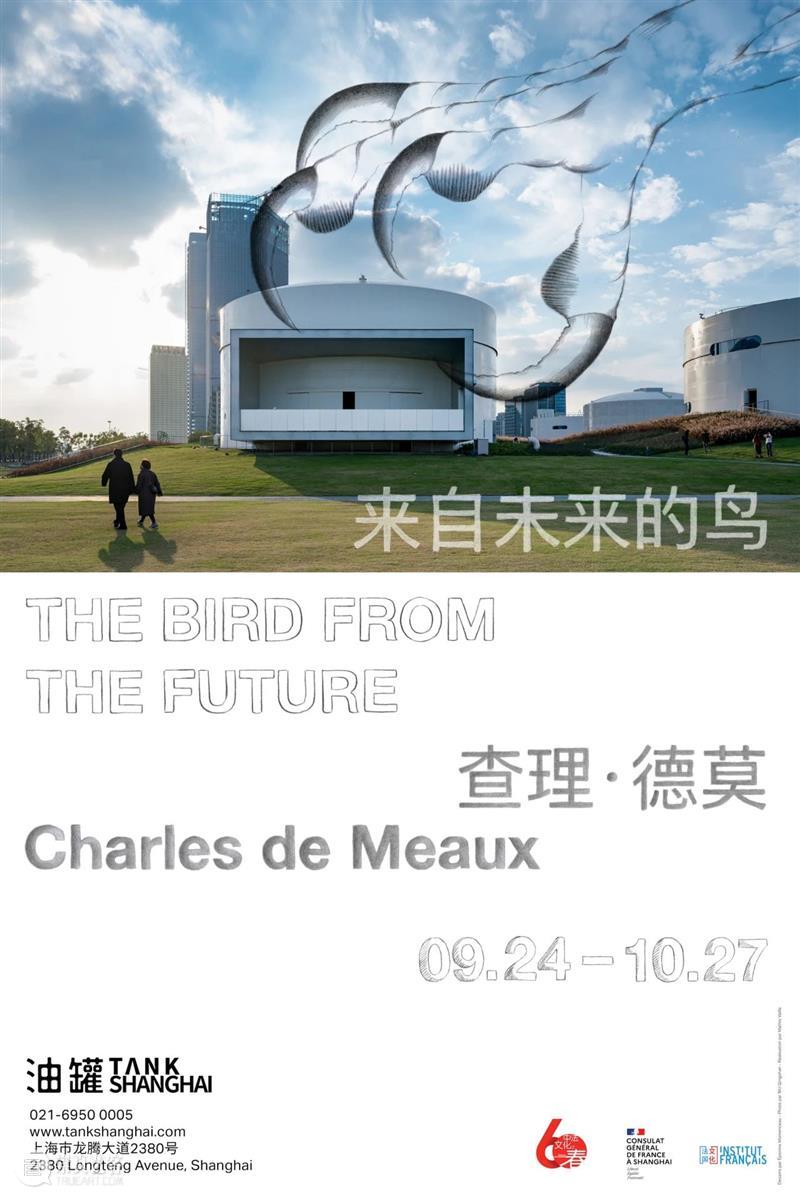
展览来自未来的鸟,展览倒计时最后两天!
来自未来的鸟
李石影撰稿
随?想象?只丹顶鹤韵载着风雅与?洁,轻轻落在?天交?的湿地中央。她仿佛并不在意好奇观察她的?类,?是与?尽的宇宙同频律动。对?类来说,观鹤之乐,不仅在于仙鹤的?化象征,更在于丹顶鹤体现了?地?物与?然环境的共?之美。
法国艺术家Charles de Meaux在此全球?次呈现他的最新创作《来?未来的鸟》,为观众提供了循序渐进的?章节体验。在过去的?年中,他的?作室积极与前沿?候学家和?物学家展开跨学科研究,?累计数据和??智能软件共同推测丹顶鹤物种在未来可能发?的?物形态变化。由此,他质询?类对?态环境的影响,进?探讨地球?物在更加严苛的?然环境中如何适应和?存的问题。
第?章节,观众将有机会近距离看到丹顶鹤为了适应更艰难的?态环境,每个重要的器官相应出现的细节变化,?如为了加强抓??增?的腿部?骼、为了警惕敌害?具有超?视野的眼睛等等。第?章节,观众将登上?台,看到Charles?作室对来?未来的丹顶鹤的动态拟像,配合电脑?成的声?。
?然图鉴曾是全世界博物学家结合科学与艺术的经典形式。明代农学家王象晋在其博物学巨著《?如亭群芳谱》中形容丹顶鹤:“体尚洁,故??;声闻天,故头?。?于?,故喙长。轩于前,故后指短。” 这与法国18世纪的博物学家布丰在《?然通史图鉴》?同?异。不同的是,布丰在书中不乏添加艺术的想象,?如他臆想丹顶鹤挺?于古代历史建筑的遗址中,渲染怀古情绪。
在?类活动不断破坏地球可居住性的当下和未来,地球?物在?临着?个逐步逼近的生态灾难,这将对所有居住在地球的?物都造成?存威胁——今有明??海,何处寻昆仑。
—— Claire Shiying Li 李?影
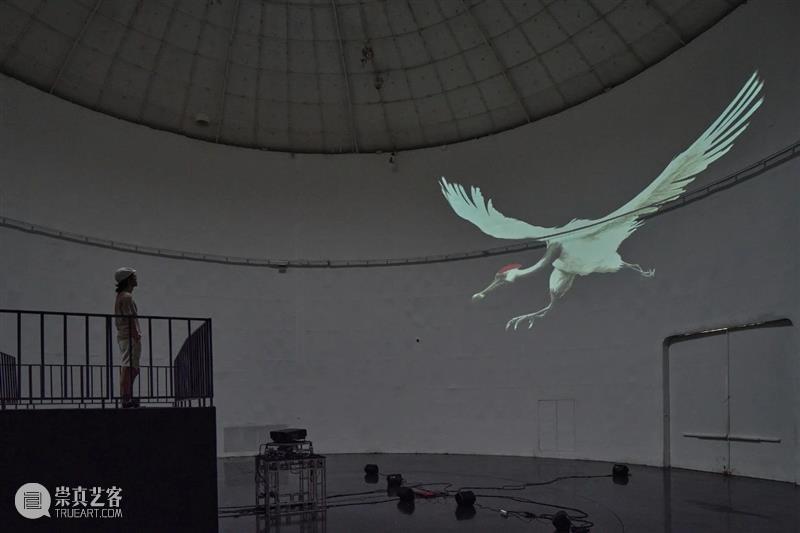
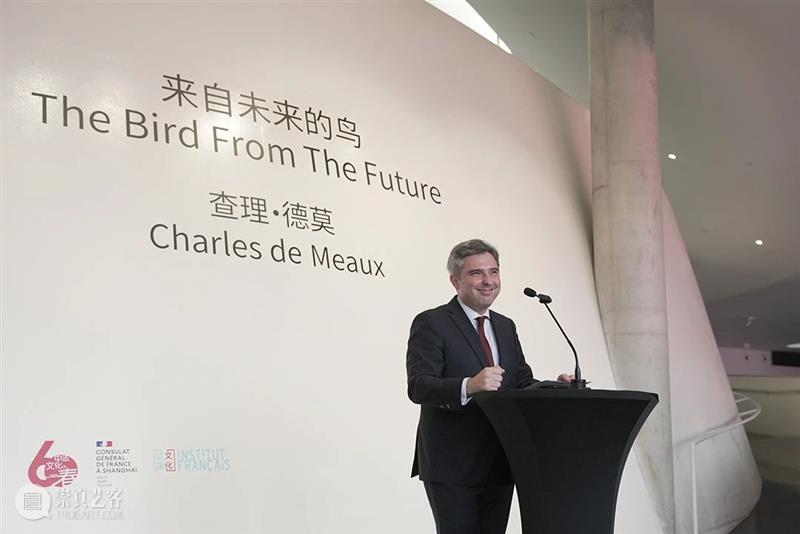
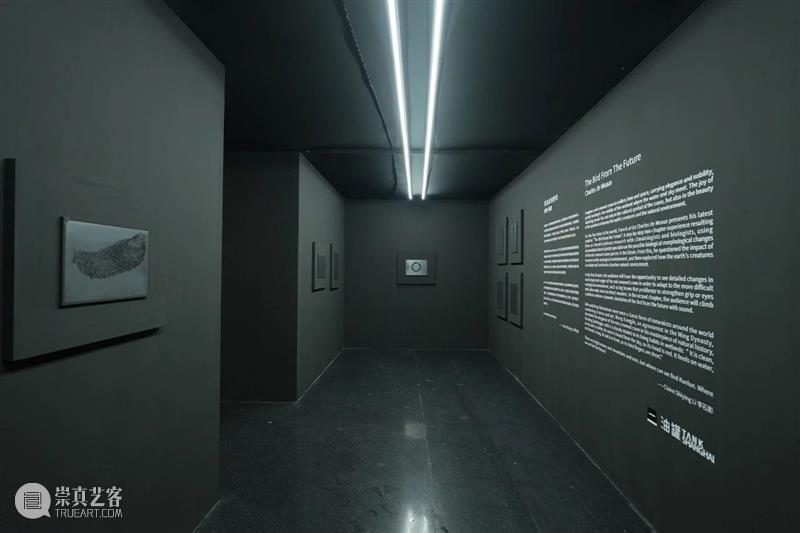
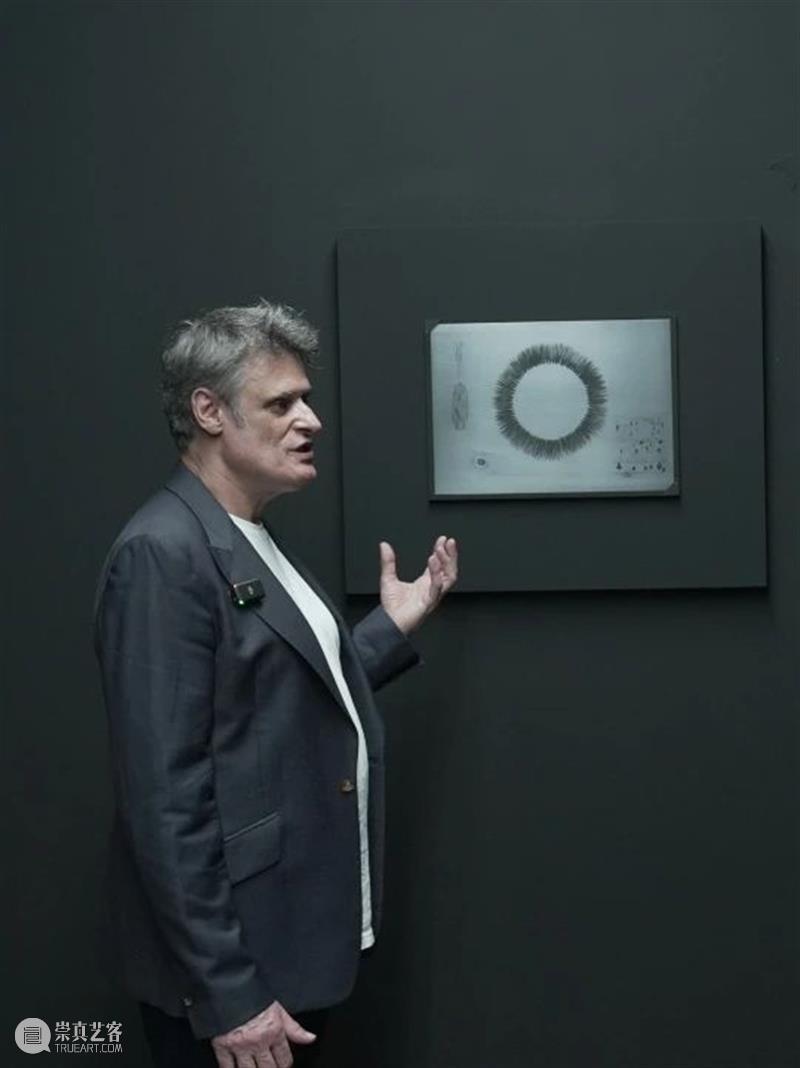
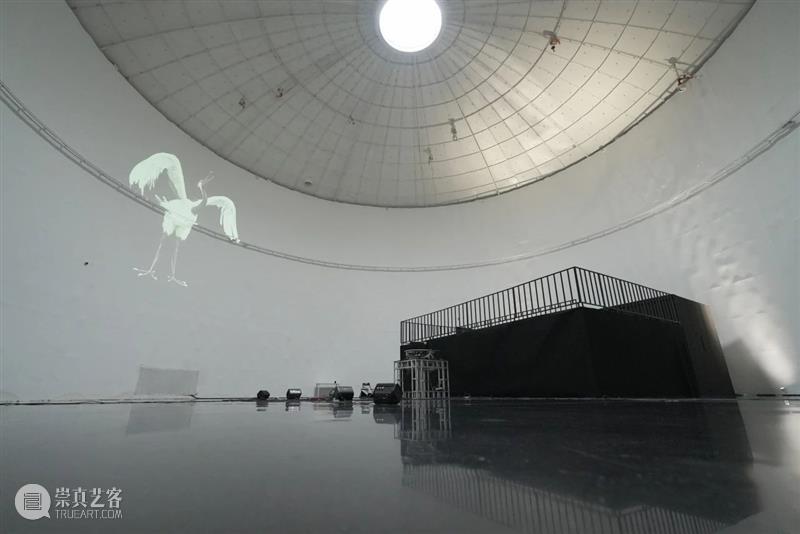
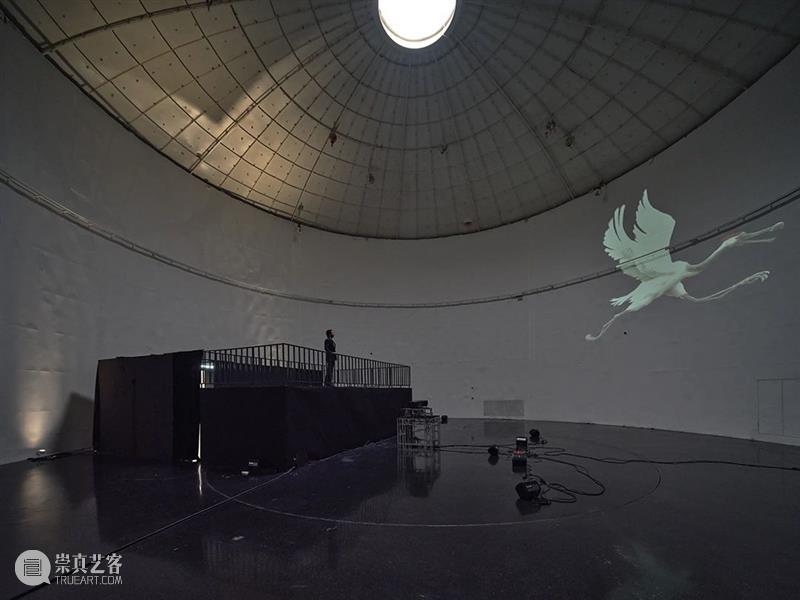
来自未来的鸟展览现场
The Bird From The Future
Imagine a red-crowned crane in endless time and space, carrying elegance and nobility, gently landing in the middle of the wetland where the water and sky meet. The red-crowned crane chirps to the sky and flaps its wings, as if it is talking to the universe, as if it does not care about the humans who are concentrating on observing it. The joy of watching cranes lies not only in the cultural symbol of the crane, but also in the beauty of the symbiosis between the earth's creatures and the natural environment.
In the exhibition hall of TANK Shanghai, a former oil tank, French artist Charles de Meaux presents his latest creation "The Bird from the Future" for the first time in the world. In the past year, his studio has actively carried out interdisciplinary research with cutting-edge climatologists and biologists, using accumulated data and artificial intelligence software to jointly speculate on the possible biological morphological changes of the red-crowned crane species in the future. From this, he questioned the impact of humans on the ecological environment, and then explored how the earth's creatures can adapt and survive in a harsher natural environment.
Bird watching illustrations were once a classic form of naturalists around the world combining science and art. Wang Xiangjin, an agronomist in the Ming Dynasty, described the elegance of the red-crowned crane in his masterpiece of natural history, Erruting Qunfangpu, which is closely related to its living habits in wetlands: "It is clean, so its color is white; its voice is heard from the sky, so its head is red. It feeds on water, so its beak is long. Its body leans forward, so its hind fingers are short." This is similar to the speculation of the animals and plants adaptations to their environments introduced by Buffon, a naturalist in France in the 18th century, in his book Natural History Illustrations. The difference is that Buffon introduced birds in the form of natural history paintings in his book with no lack of artistic imagination. For example, he imagined that the redcrowned crane stood tall in the ruins of ancient historical buildings, expressing nostalgic emotions. Because he vividly presented the natural image of animals, this book had a profound impact on ecology in following generations.
Charles de Meaux provides viewers with a step-by-step two-chapter experience. In the first chapter, the audience will have the opportunity to see detailed changes in each important organ of the redcrowned crane in order to adapt to the more difficult ecological environment, such as thickened and squared wings for warmth, leg bones that proliferate to strengthen grip or eyes with ultra-wide vision to detect enemies. Charles used a special etching technique to present the manuscript. The creation of each work is based on scientific data that can be verified and the biological adaptation
mechanism calculated by artificial intelligence. In the second chapter, the audience will climb a platform and see a dynamic simulation of the bird from the future in the projection of the circular walls and an immersive sound. In the present and future when human activities continue to destroy the habitability of the earth, humans are facing an approaching ecological disaster, which will pose a threat to the survival of all creatures living on the planet. A red-crowned crane that constantly strives to adapt to the environment flies from the darkness, with armor-like wings and hawk-like claws, but also struggles in the harsh natural environment — there are bright moons and mountains and seas, but where can we find Kunlun. Where can we find the future?
——Text by Claire Li
“来自未来的鸟” 查理·德莫
“THE BIRD FROM THE FUTURE” Charles de Meaux
展期:2024年9月24日至10月27日
票价:30元,优惠票15元
地址:油罐艺术中心T馆,上海市龙腾大道2380号
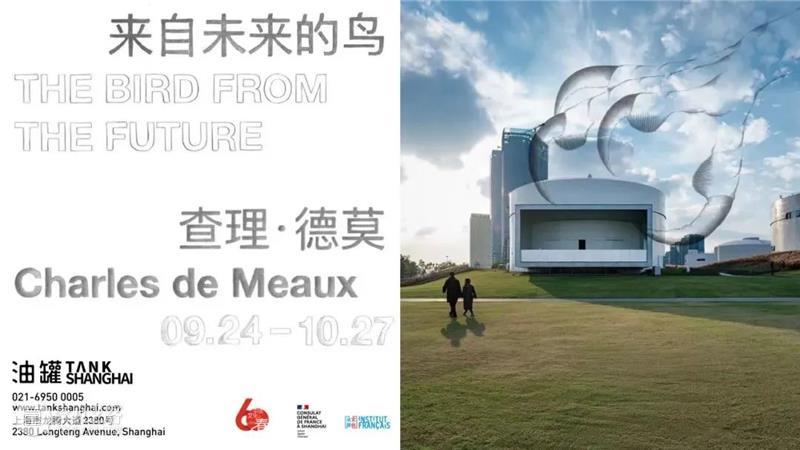
↑ 点击图片购票↑
—————— END ——————
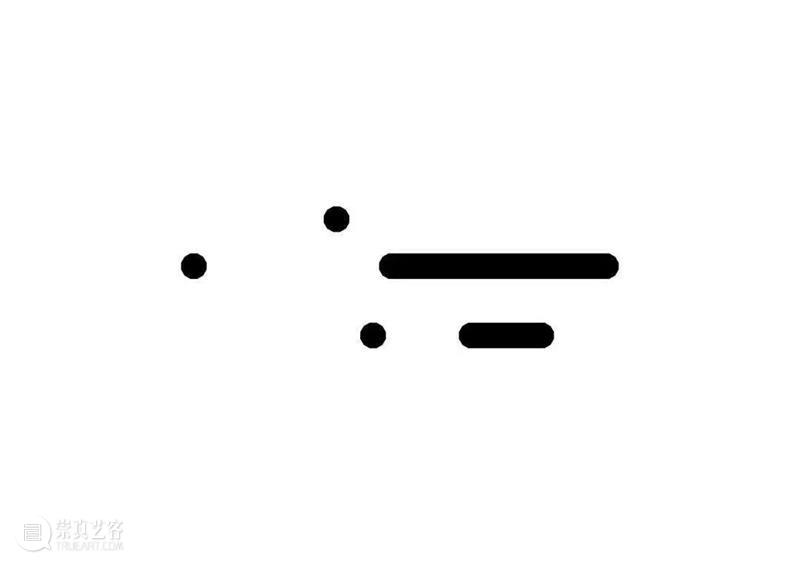
TANK Shanghai 即将呈现
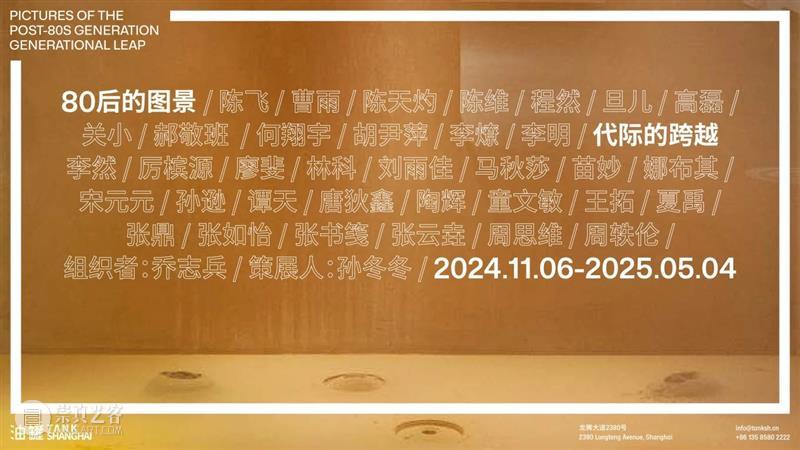

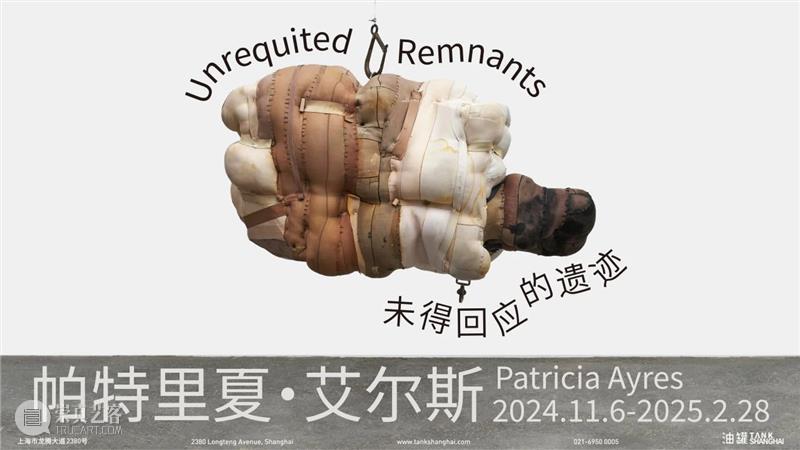


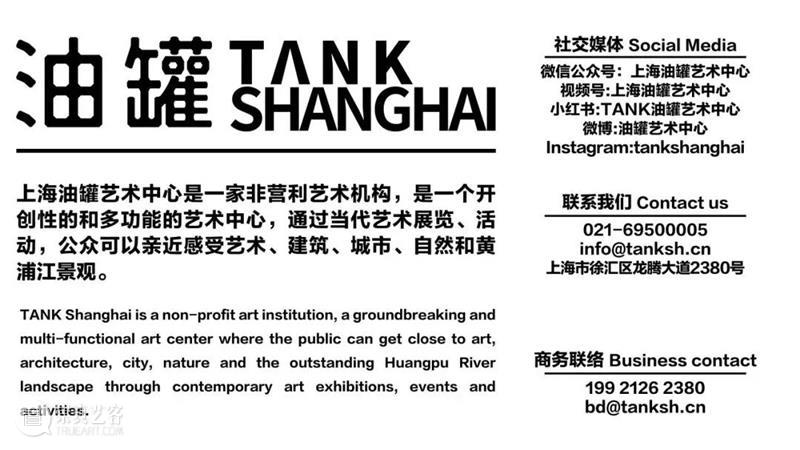


已展示全部
更多功能等你开启...





 分享
分享